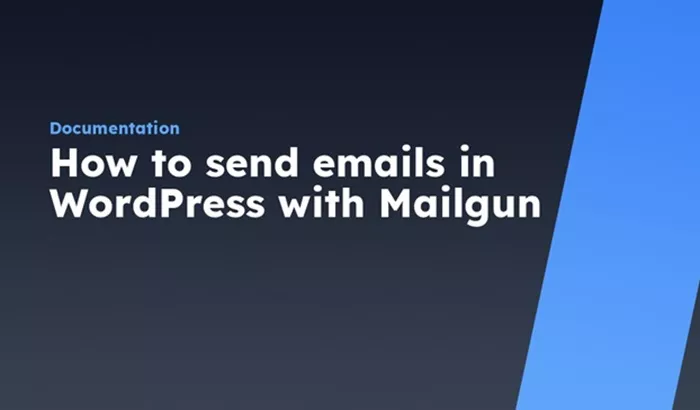WordPress, a versatile content management system (CMS), relies on robust email functionality to communicate with users, administrators, and subscribers. This article delves into the intricate details of how WordPress manages email delivery, from configuration settings to troubleshooting common issues.
Introduction to WordPress Email Functionality
Importance of Email Communication in WordPress
Email plays a vital role in WordPress, facilitating user registration notifications, password resets, comment notifications, and more. Understanding how WordPress handles email delivery is crucial for maintaining effective communication with site users.
Overview of WordPress Email Functions
WordPress uses PHP’s function as the primary method for sending emails. This function interacts with the server’s email sending capabilities and can be customized through plugins and code modifications.
Configuring WordPress Email Settings
Default Email Configuration
By default, WordPress uses the server’s PHP function to send emails. This method relies on the server’s mail server configuration, including settings such as SMTP (Simple Mail Transfer Protocol), From Name, and From Email Address.
Setting Up SMTP for Reliable Delivery
Configuring SMTP (Simple Mail Transfer Protocol) enhances email deliverability by routing emails through a designated SMTP server. Plugins like WP Mail SMTP and Easy WP SMTP simplify SMTP setup and authentication.
Using Third-Party Email Services
Integrating third-party email services like SendGrid, Mailgun, or SMTP providers (such as Gmail SMTP or Outlook SMTP) improves email reliability and provides advanced features like analytics and enhanced deliverability rates.
Technical Mechanisms of WordPress Email Delivery
Understanding the Function
The function initiates the email sending process in WordPress. It accepts parameters such as recipient email addresses, subject lines, message content, and additional headers for customization.
Email Headers and Content Structure
WordPress constructs email headers and content based on predefined templates and user-defined settings. Headers include information like sender details, message encoding, and routing instructions for email clients.
Handling Attachments and HTML Emails
WordPress supports attaching files to emails using the wp_mail() function, facilitating the delivery of media files or documents. HTML emails can be generated using plugins or custom templates for enhanced visual communication.
See also; A Beginner’s Guide To Learning And Using WordPress
Troubleshooting Common WordPress Email Issues
Emails Not Being Received
Common issues such as emails not being received by recipients often stem from misconfigured server settings, spam filters, or email routing issues. Debugging tools and log analysis help diagnose and resolve delivery failures.
Email Spam and Deliverability Challenges
WordPress emails may be flagged as spam due to improper email headers, content structure, or sender reputation. Implementing SPF (Sender Policy Framework) and DKIM (DomainKeys Identified Mail) enhances email authentication and reduces spam likelihood.
Handling Email Bouncebacks and Errors
Bouncebacks occur when emails cannot be delivered to recipients’ mail servers. WordPress plugins and server logs provide insights into bounceback errors, enabling administrators to rectify issues promptly.
Optimizing WordPress Email Performance
Email Queuing and Batch Processing
Large-scale WordPress sites benefit from email queuing and batch processing techniques to manage high volumes of outgoing emails efficiently. Plugins like WP Mail Bank and WP Mail Queue optimize email delivery schedules and resource utilization.
Monitoring and Analytics
Monitoring email delivery metrics, such as open rates and click-through rates (CTRs), helps gauge the effectiveness of email campaigns and user engagement. Plugins like Email Log and Mailgun Analytics provide detailed insights into email performance.
Future Trends in WordPress Email Integration
AI-Powered Email Automation
AI-driven tools are revolutionizing email marketing automation within WordPress, enabling personalized content delivery and predictive analytics for optimizing campaign performance.
Blockchain and Email Security
Blockchain technology holds promise for enhancing email security and authentication within WordPress, ensuring tamper-proof email transactions and mitigating phishing attacks.
Conclusion
Understanding how WordPress sends emails is essential for maintaining reliable communication channels and optimizing user engagement. By configuring email settings, troubleshooting issues, and leveraging advanced email delivery methods, WordPress administrators can ensure seamless email functionality and enhance overall site performance.
Related topics:
- How To Add A Blog Post In WordPress: A Comprehensive Guide
- How To Duplicate A Page In WordPress: Just 5 Steps
- Building A WordPress Site Offline: A Comprehensive Guide

